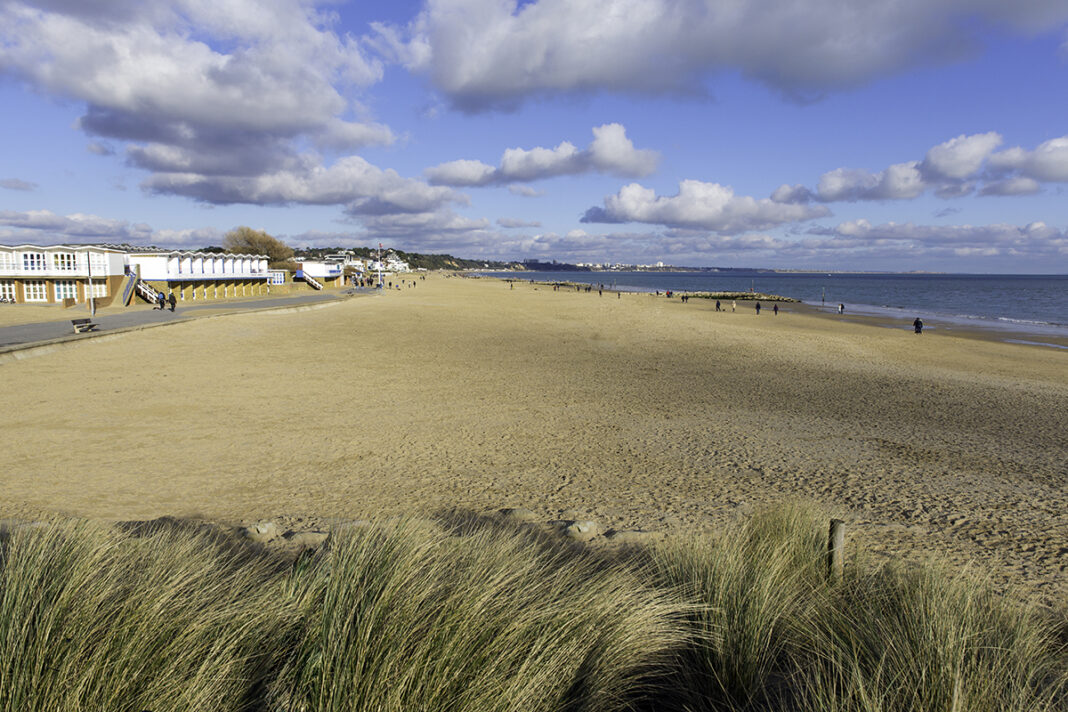The annual pace of house price growth in the UK slowed to 2.1% in June, down from 3.5% in May, according to the latest figures from Nationwide.
The building society also reported a month-on-month decline of 0.8% in June after adjusting for seasonal effects.
But the data raises fresh questions about the resilience of the housing market amid shifting economic conditions.
Robert Gardner, Nationwide’s Chief Economist, reckons the deceleration may reflect weaker demand following the rise in stamp duty introduced in April but also expressed confidence that market activity would pick up over the summer months.
SEASONAL EFFECTS

He says: “UK house price growth slowed to 2.1% in June, from 3.5% in May. Prices declined by 0.8% month-on-month, after taking account of seasonal effects.
“The softening in price growth may reflect weaker demand following the increase in stamp duty at the start of April.
“Nevertheless, we still expect activity to pick up as the summer progresses, despite ongoing economic uncertainties in the global economy, since underlying conditions for potential homebuyers in the UK remain supportive.
“The unemployment rate remains low, earnings are rising at a healthy pace in real terms, household balance sheets are strong and borrowing costs are likely to moderate a little if Bank Rate is lowered further in the coming quarters, as we and most other analysts expect.”
SLOWER PRICE GROWTH
Nationwide’s quarterly regional index showed that most parts of the UK experienced slower price growth in the second quarter of 2025.

Northern Ireland remained the strongest performer, with prices rising 9.7% year-on-year, although this marked a slowdown from 13.5% in Q1. Gardner noted this was still consistent with strong growth seen in Ireland’s border regions.
Scotland posted a 4.5% annual increase, while Wales recorded a 2.6% rise. In England, prices were up 2.5% year-on-year, compared with 3.3% in the previous quarter. The North was the top-performing English region, with prices up 5.5%, while East Anglia was the weakest, recording just a 1.1% increase.
The north-south divide in price growth narrowed slightly in Q2. Average prices in Northern England – which includes the North, North West, Yorkshire & The Humber, East Midlands, and West Midlands – were up 3.1%, while Southern England saw growth of 2.2%.
By property type, terraced houses saw the strongest annual growth at 3.6%, followed by semi-detached homes (3.3%) and detached houses (3.2%). Flats, however, continued to underperform, with price growth slowing to just 0.3% – down from 2.3% in the previous quarter.
INDUSTRY REACTION

Guy Gittins, Foxtons Chief Executive, says: “Despite a marginal reduction in the monthly and quarterly rates of house price growth, today’s Nationwide figures continue to illustrate the positivity in the market as, when taking a long-term view of market health on an annual basis, house prices remain higher than they were this time last year.
“We’ve already seen a heightened degree of activity over the first six months of the year and it’s only a matter of time before this stimulates further positive house price growth.
“As we head into the summer months, our expectation is that market activity will continue to strengthen, which stands us in very good stead come the end of the year.”
SUSTAINABLE BALANCE

Iain McKenzie, CEO of The Guild of Property Professionals, says: “This is not a sign of a weakening market but rather evidence of a market that is maturing and finding a healthier, more sustainable balance.
“While headlines may focus on the slowdown in price inflation, the real story is in the sheer volume of activity. The recent 25% month-on-month surge in property transactions demonstrates that the desire to move remains incredibly robust.
“Following the artificial lull created by the stamp duty deadline in March, genuine, underlying demand is now firmly back in the driving seat.
“This softening of prices is the natural and welcome consequence of the 13% year-on-year increase in available properties.
“For the first time in years, buyers have a real choice.”
“For the first time in years, buyers have a real choice, which is tempering the frantic price growth we saw previously and creating a more stable environment for everyone.
“This isn’t a market running out of steam; it’s a market firing on all cylinders.
“Demand is being actively fuelled by more accessible mortgage lending and the recent interest rate cut, which have unlocked a new wave of purchasing power. Mortgage approvals have risen for the first time in four months, which again points to a desire to move.
“What we are witnessing is the perfect recipe for a strong and stable market.”
“What we are witnessing is the perfect recipe for a strong and stable market: confident, empowered buyers are being met with a greater supply of homes.
“This shift from a supply-starved, frantic market to a balanced, active one is fantastic news for anyone looking to make a move in the second half of the year.”
ZERO FINANCIAL HEADROOM

Tom Bill, head of UK residential research at Knight Frank, says: “The legacy of the March stamp duty cliff edge is high supply and softer demand, which is putting downwards pressure on house prices.
“The good news is that rate cut expectations are growing due to the weaker UK economic outlook. The bad news is that the Chancellor has zero financial headroom to play with, which means a re-run of 2024 and a game of ‘guess the tax rise’ ahead of the Budget.
“We think there will be modest single-digit house price growth by the end of the year but if you are planning to sell over the next few months, asking prices will need to reflect the fact it is very much a buyers’ market.”
PRICE ADJUSTMENTS

Matt Thompson, head of sales at estate agency Chestertons, says: “Property buyers were hoping for another interest rate cut this month but higher-than-expected inflation diminished those odds.
“On a national level, some house hunters are opting to pause their search or change their search criteria to find a home within their budget.
“In London, however, buyer demand stays relatively strong with a particular uplift in domestic buyers across central London where property prices have recently seen a price adjustment.”
ECONOMIC TURMOIL

Nathan Emerson, CEO at Propertymark, says: “Despite the fact we have witnessed much economic turmoil in the first half of the year, it is highly encouraging to see stability within the housing market as house price growth softened in June.
“We still sit in a phase of inflation not quite being where the Bank of England ideally want it to be and we still have elevated base rates.
“Nonetheless, it remains encouraging that consumers are still approaching the buying and selling process with a firm degree of confidence.
“Across the year to date, we have seen the average number of properties per member branch hold absolutely steady, and this year’s number represent a figure that is almost 20 per cent higher that the same period twelve months earlier.”
PROTRACTED TRANSACTIONS

Jeremy Leaf, north London estate agent and a former RICS residential chairman, says: “In our offices, the amount of stock presently overhanging the market has not only resulted in lower prices as seen in these figures, but has meant more protracted transactions.
“Looking forward, only realistically-priced properties which stand out from the crowd will continue to attract attention as worries about the economy and inevitable tax rises on the horizon play their part.”
MAKE AN OFFER

Amy Reynolds, head of sales at Richmond estate agency Antony Roberts, says: “While many sellers are reducing asking prices to attract interest, we’re still agreeing a strong number of sales – and prices are largely holding firm.
“We’re also seeing buyers lose out because they hesitated, expecting further price drops, only for someone else to come in and secure the property.
“My advice to buyers is simple: if you like a property, make an offer. The worst that can happen is it’s rejected. Don’t wait for the bottom of the market – you’ll only know when it was in hindsight, and if the right property isn’t available at that exact moment, you won’t benefit anyway.
“If you find the right home now, go for it. Treat it as a place to live, not just an investment.”
PRICES IN CHECK

Jason Tebb, President of OnTheMarket, says: “There is still plenty of evidence of steady activity in the housing market, despite a considerable number of buyers bringing forward transactions in order to take advantage of the stamp duty holiday before it ended in March.
“Average house prices are being kept in check by the increase in stock, which exceeds supply in some areas.
“Interest-rate reductions are more important than ever in order to boost activity and momentum in the market now that the stamp duty holiday is no longer available. Four quarter-point base-rate cuts since last August have made all the difference to affordability and the ability to plan ahead with confidence.
“Further reductions will give the market added impetus as we head into the latter half of the year.
“Mortgage lenders continue to gently trim rates and ease criteria, which is further assisting borrowers dealing with stubborn inflation and the elevated cost of living.”










